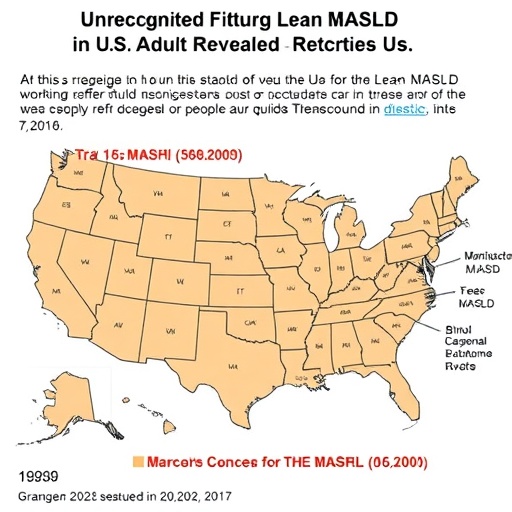![]()
Credit: ORNL researchers in late February demonstrated a 20-kilowatt, bi-directional wireless charging system on a medium-class hybrid electric UPS delivery truck.
GIS – LandScan goes public
Oak Ridge National Laboratory’s high-resolution population distribution database, LandScan USA, became permanently available to researchers in time to aid the response to the novel coronavirus pandemic.
LandScan, widely considered the gold standard of population and mapping data in the United States, captures daytime and nighttime activity of the U.S. population at a resolution of roughly 90 meters or about 300 feet.
Emergency agencies routinely rely on LandScan to coordinate disaster response and recovery. The model’s level of detail has proved a valuable tool for researchers tracking the spread of the virus that causes COVID-19.
“This release was already in the works before the COVID-19 outbreak,” said Amy Rose, a senior ORNL scientist who manages LandScan. “It just happened that the timing was exceptionally good.”
The release was made public on the GeoPlatform online portal through the U.S. Department of Homeland Security’s Homeland Infrastructure Foundation-Level Data program.
Media Contact: Matt Lakin, 865.341.0404, [email protected]
Image: https:/
Caption: ORNL’s standard-setting population distribution database, LandScan USA, captures daytime and nighttime activity of the United States’ population at high resolution. Credit: Oak Ridge National Laboratory/U.S. Dept. of Energy
Wireless charging – Special delivery for UPS
Researchers at Oak Ridge National Laboratory demonstrated a 20-kilowatt bi-directional wireless charging system on a UPS plug-in hybrid electric delivery truck, advancing the technology to a larger class of vehicles and enabling a new energy storage method for fleet owners and their facilities.
The demo was the first of its kind to achieve high power transfer across an 11-inch air gap between the truck and a charging pad. Specially designed electromagnetic coils and power electronic converters transferred electricity from the grid to the vehicle battery terminals at more than 92% efficiency.
At a 20-kilowatt level, it would take about three hours to charge the vehicle’s battery packs; conventional wired charging takes between five and six hours. With its bi-directional design, the system supports use of the vehicle’s batteries for energy storage.
“The system expands the possibilities for fleets that want convenient, efficient electric vehicle charging as well as electricity storage solutions,” said ORNL’s Omer Onar.
Media contact: Stephanie Seay, 865.604.3384, [email protected]
Image: https:/
Caption: ORNL researchers in late February demonstrated a 20-kilowatt, bi-directional wireless charging system on a medium-class hybrid electric UPS delivery truck. Credit: Brittany Cramer/Oak Ridge National Laboratory, U.S. Dept. of Energy
Nuclear – Finally, a benchmark
In the 1960s, Oak Ridge National Laboratory’s four-year Molten Salt Reactor Experiment tested the viability of liquid fuel reactors for commercial power generation. Results from that historic experiment recently became the basis for the first-ever molten salt reactor benchmark.
The benchmark, published in the 2019 OECD/NEA International Handbook of Evaluated Reactor Physics Experiments, fills a significant gap for the international nuclear reactor community to verify and validate computer codes for future MSR development and licensing.
ORNL’s Jeff Powers and Germina Ilas were co-principal investigators. Max Fratoni of the University of California at Berkeley led this project, with graduate student Dan Shen gathering data from hundreds of reports from the 1950s-1960s, then running models.
“This benchmark could help underpin the licensing applications for industry pursuing MSR designs,” Powers said. “If we can play even a small part in helping an advanced MSR concept come to market, that’s a pretty big win.”
Media Contact: Kristi Nelson Bumpus, 865.253.1381, [email protected]
Image: https:/
Caption: ORNL’s Molten Salt Reactor Experiment operated 1966-1970, successfully using U235 and U233 fluoride fuels. The historic experiment is the basis for a new molten salt reactor benchmark. Credit: Oak Ridge National Laboratory, U.S. Dept. of Energy
###
Media Contact
Sara Shoemaker
[email protected]
Original Source
https:/




